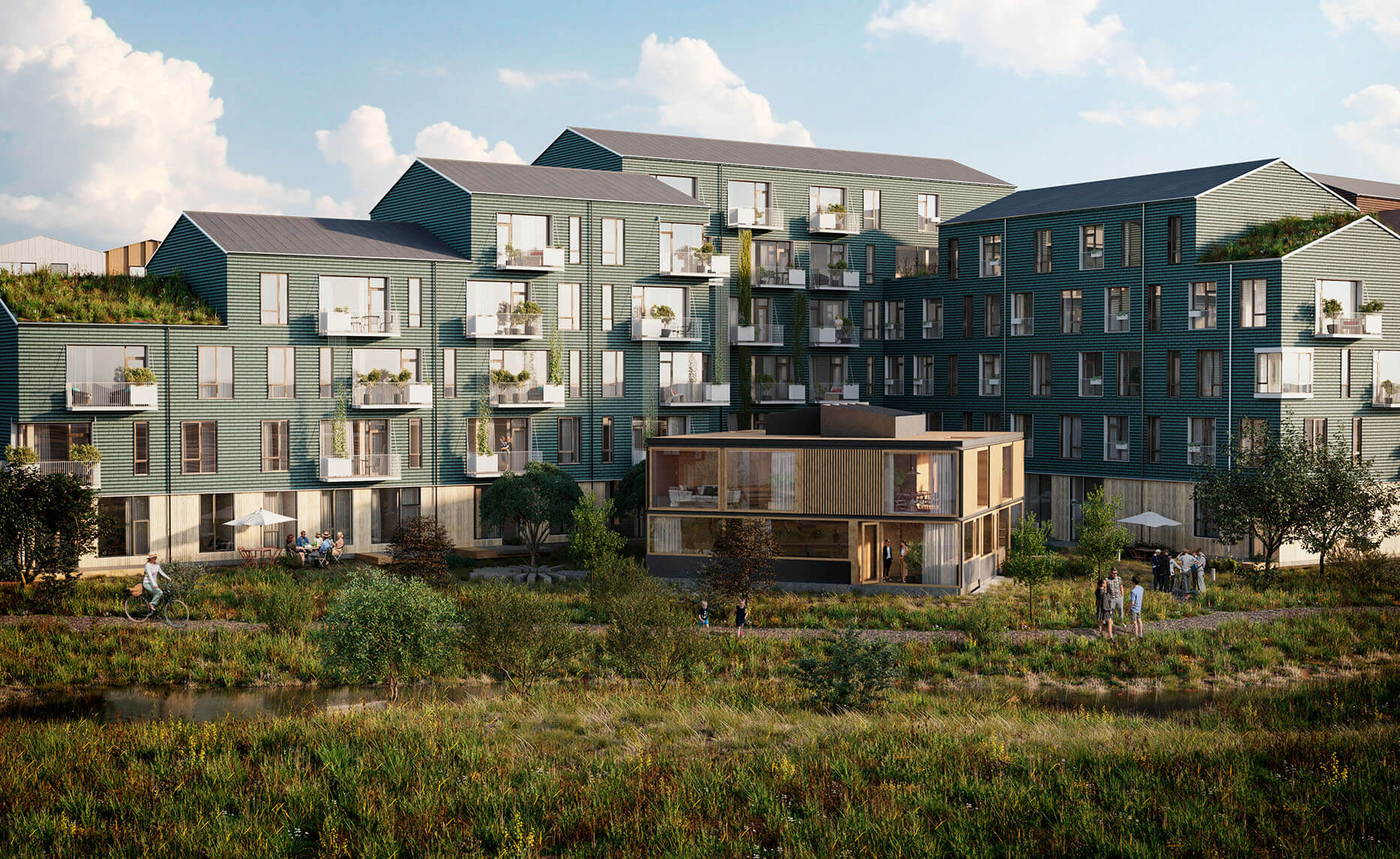
Architecture has always been a captivating form of art that combines functionality with aesthetics. With technological advancements, architects and designers have embraced 3D visualization as a powerful tool to bring their creative visions to life. By leveraging 3D modeling and rendering techniques, they can create realistic representations of their designs, allowing clients and stakeholders to immerse themselves in the beauty of architecture like never before.
The Impact of 3D Visualization in Architecture
Enhanced Communication
- 3D visualization allows architects to communicate their ideas more effectively to clients, collaborators, and construction teams.
- Clients can visualize the final outcome of a project before construction begins, reducing misunderstandings and ensuring alignment on design goals.
- Collaborators can provide feedback on the design, leading to improved decision-making and streamlined project development.
Improved Design Development
- Architects can explore different design iterations and variations quickly and easily through 3D visualization, accelerating the design development process.
- Designers can experiment with materials, colors, textures, and lighting to create immersive and engaging visualizations of their projects.
- 3D visualization enables architects to make informed design decisions based on realistic renderings, leading to more cohesive and well-thought-out designs.
The Beauty of Architecture in 3D
Creating Stunning Visualizations
- 3D visualization allows architects to showcase the beauty of their architectural designs in photorealistic detail.
- Architects can play with light and shadow to highlight the unique features of a building and create captivating visual compositions.
- By incorporating landscaping and context elements into their visualizations, architects can paint a complete picture of how a project will interact with its surroundings.
Exploring Form and Function
- Architects can use 3D visualization to explore the interplay between form and function in their designs, creating spaces that are both visually striking and practical.
- By visualizing how natural light enters a building at different times of the day, architects can optimize the layout and orientation of a project for maximum comfort and efficiency.
- 3D visualization allows architects to experiment with innovative design concepts and push the boundaries of traditional architecture, resulting in truly unique and inspiring buildings.
The Future of Architecture with 3D Visualization
Advancements in Technology
- With the development of virtual reality (VR) and augmented reality (AR) technologies, architects can create immersive experiences that allow users to fully explore and interact with their designs.
- Real-time rendering capabilities are enabling architects to make instant changes to their visualizations, empowering them to iterate on their designs rapidly.
- Artificial intelligence (AI) is being integrated into 3D visualization tools to automate repetitive tasks and enhance the efficiency of the design process.
Sustainability and Green Design
- Architects are using 3D visualization to simulate the environmental performance of their buildings, allowing them to design more sustainable and energy-efficient structures.
- By visualizing how natural elements such as sunlight and wind interact with a building, architects can optimize its passive design strategies and reduce its carbon footprint.
- 3D visualization is helping architects communicate the benefits of green design to clients and encourage the adoption of environmentally conscious building practices.